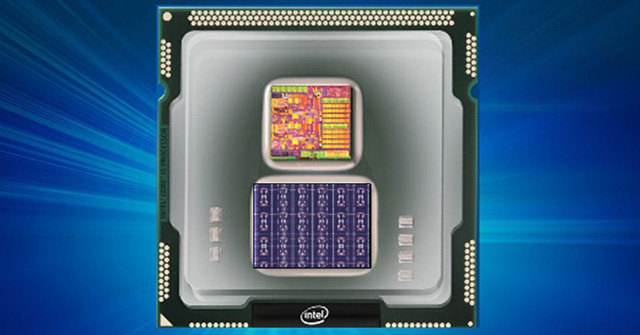Intel introduced chips that act like human brains
Intel has just introduced a new chip that has great significance for artificial intelligence. The company is currently testing a "self-learning" chip designed to study like the human brain.
The "Loihi test chip" is Intel's name for the neuromorphic chip (human brain simulation chip). That is, it is designed to learn from its own environment. The chip can be used for a variety of high-tech applications, but the company says it will be particularly effective in the field of industrial automation and personal robots.
Michael Mayberry - CEO of Intel Labs said: The Loihi test chip includes many digital circuits that mimic the mechanical activity of the brain, helping to analyze data faster and bring more efficiency.
- Instructions for viewing Intel microprocessor generation information on Windows computers
- How to assemble CPUs from Intel and AMD
According to Intel, the ability to self-study on a chip has unique advantages over cloud-based systems. It can end much faster because the system can learn without moving data between the chip and the cloud.

Until now, the chip is still a prototype, but Intel said it plans to start working with universities and other researchers next year for further development.
You should read it
- Microsoft released an Intel chip patch
- Intel's Loihi neural chip has the ability to ... smell like a human
- Intel is about to launch a new Wifi chip that makes web browsing speed unbelievably fast
- Researchers are getting closer to creating a complete human brain simulation chip
- The generation of Intel CPU chip ever
- Intel challenged IBM and Google with supercomputers with 250 times cooler temperatures than the universe
 Apple released macOS High Sierra with many updates
Apple released macOS High Sierra with many updates Secure iCloud to minimize ransomware threats on Apple devices
Secure iCloud to minimize ransomware threats on Apple devices Apple dropped Bing, put Google Search as a search engine on Siri and Mac
Apple dropped Bing, put Google Search as a search engine on Siri and Mac You will soon be able to buy both computers and phones ... from the Microsoft Store of Windows 10
You will soon be able to buy both computers and phones ... from the Microsoft Store of Windows 10 The owner of extortionist Lockey is a big fan of Game of Thrones
The owner of extortionist Lockey is a big fan of Game of Thrones Even Bill Gates doesn't understand the algorithm behind quantum computing
Even Bill Gates doesn't understand the algorithm behind quantum computing